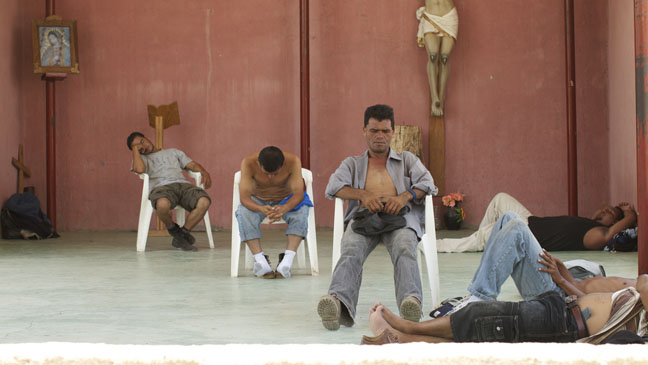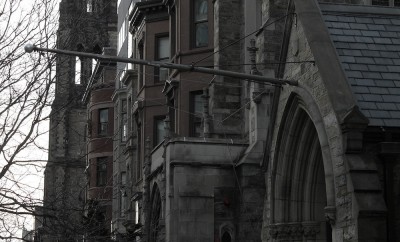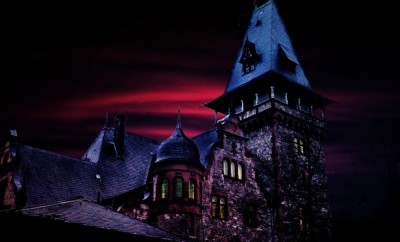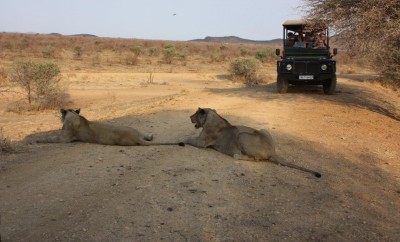Cultures
Dayani Cristal and the skull in an empty desert

What can a skull in an empty desert tell you about the world?
Marc Silver and Gael-García Bernal’s Who is Dayani Cristal? interrogates this haunting inquiry. Their documentary begins from an impossible premise: how to tell the story of an unidentified, unrecognizable, dismembered body?
In the past 10 years, approximately 2,000 migrants have died in the desert crossing into the United States. The perilous stretch in southern Arizona, known by migrants as the “corridor of death,” has become the preferred avenue of migration following President Clinton’s push for tougher security in border-crossing towns like Tijuana and Ciudad Juárez in the mid-1990s. Hoping to deter immigration, Clinton’s security measures re-routed the migrants’ path through the scorching, waterless desert, jeopardizing their health and safety. In the last year alone, border patrol discovered the remains of 436 individuals.
Lacking any form of state identification, the bodies are deposited for forensic anthropologists at the Medical Examiner’s Office in Tucson. However, discriminatory legal measures frustrate the proper identification of undocumented migrants, complicating the rightful return of these bodies to their loved ones. According to Robin Reineke of the University of Arizona, “No unified procedure exists to investigate the remains and DNA samples of bodies found in the U.S.- Mexico border region.” The migrants are rendered homo sacer, occupying a state-of-exception, unrecognized by the state apparatus, and thus ineligible for institutional services of body retrieval and repatriation. Most bodies are marked with the Anglo name “John Doe” and locked in a box in a pitiful government cemetery plot.
Who is Dayani Cristal? follows the identification process of a body that escapes this fate, thanks to two tattoos on his chest: “Dayani” and “Cristal.” The filmmakers track down consulates, non-profit experts, and family members, as the remains find their name: Dilcey Yohan. As a work of docu-fiction, the celebrity actor Gael Garcia Bernal re-members the dismembered body through an act of embodiment. He sleeps, eats and crosses rivers where Yohan might have, rests in a Catholic safety house with other migrants, and hops on La Bestia, the infamously dangerous train that takes migrants from southeast Mexico to the promise of El Norte. Bernal brings life to the untold, unmarked and unjust.
Some critics dismissed the film as “self-congratulatory” and even “narcissistic.” These claim that the film is another example of manipulating star-power to shine light on the plight of the poor, satiating liberal moral consciousness. However, this critique misses the point. Bernal’s performance is itself the inquiry, an epistemology, a heuristic, a way of knowing. By retracing the steps of an unidentified body, Bernal makes known the persona, re-masking the remains, such that Yohan’s story finds recognition.
While the film effectively reveals the lack of opportunity and resources that motivate such a dangerous journey to the United States, there is little investigation into the historical-structural forces that has inspired the recent waves of migration from Mexico and Central America. Importantly, there is no discussion of the role of how the United States has historically created the conditions that push millions of men like Yohan to embark upon a life-endangering journey north. As Joseph Nevins argues, migration should be regarded as a form of reparations for the imperial violence of the United States in Yohan’s home country of Honduras, as well as Guatemala, El Salvador and most other Latin American countries throughout the 20th century. Honduras was the quintessential “banana republic,” controlled by American corporate interests. Throughout the 1980s, the U.S.-sponsored Contra Wars killed thousands in defeating democratic socialist movements. And in 2009, U.S. sponsored a coup d’état that deposed democratically-elected President Manuel Zelaya and installed a neoliberal narco-regime that has spawned state and para-state violence across the country, forcing thousands to seek refuge in El Norte. Nevins argues that U.S. complicity in these violent histories demand a new narrative for immigration, and welcoming the current waves of migration would be one form of historical justice.
Bernal’s performance should not be considered charitable. Its truth-telling is an act of justice.





0 comments